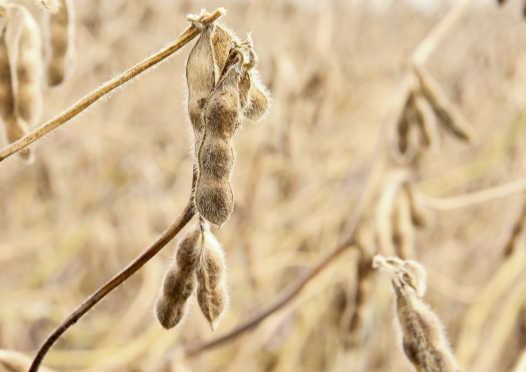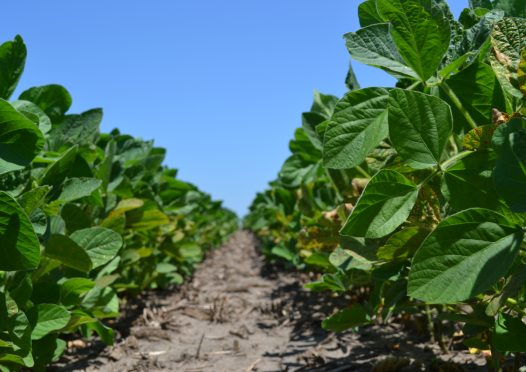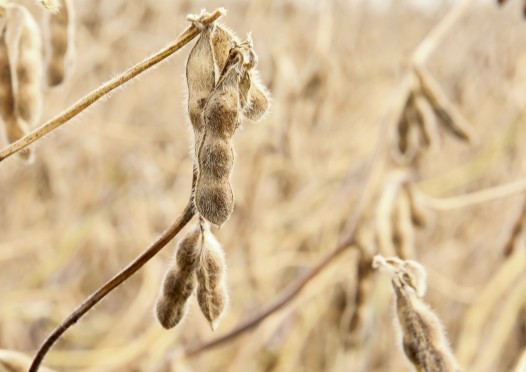ILSOYADVISOR POST
Monitoring Soybean Progress in 2017
Each year the National Agricultural Statistics Service (NASS) tracks crop progress and condition by state and crop district within the state. From time to time I have looked at their data to track crop progress and condition. The data reported includes:
- Planting progress (%)
- Emergence progress (%)
- Crop condition (% very poor, poor, fair, good, excellent)
- Blooming (%)
- Pod set (%)
- Turn color (%)
- Dropping leaves (%)
- Harvested (%)
I did not track acres planted, acres harvested or yields, since this is not part of their weekly reporting schedule.
All this weekly data is available at NASS’s Illinois Field office and you can sign up to receive weekly Illinois reports, emailed out each Monday afternoon during the growing season. The following description of their annual crop reports states, “About 400 national reports are issued by NASS every year through the agricultural statistics Board. These national reports are complemented by about 70 state reports. Each report is released on a fixed schedule according to an annual calendar of release dates. Strict security measures are maintained to ensure that no one gains premature access to the information. The reports provide broad coverage of agriculture, including more than 165 crop and livestock items. The annual cycle of crop reports begins with projections of the acreage that farmers intend to plant, and continues with reports of acreage planted, acreage intended for harvest, probable yields, and potential production. Final reports of acreage harvested, actual yields, and production are made at the end of the crop production season.”
This past season I decided to track their reporting to see how the 2017 soybean crop in Illinois fared compared to 2016 and the 5-year average. The first report, a planting progress estimate, was April 24 and the last report, a harvest completion estimate, was November 19.
I was expecting some differentiation in the results considering that 2017 got off to a tougher start through July. But I was surprised to see that 2017 results didn’t differ much from 2016 or the 5-year average, which includes the 2012 drought year. However, the crop condition report doesn’t compare 2017 data to 2016 or the 5-year average and in crop condition you can see some shifting from week to week. But about 80 percent of the beans always fell in the fair and good category.
Below is the seasonal trend for each category. You be the judge of whether tracking and reporting these trends will be valuable information. I think comparisons across state lines might be interesting on a year-to-year basis, but within the state, I believe that in almost all years the trends will be similar. Anomalies like 2012 will stand out as a single year, but that is unusual.








Soybean agronomist Daniel Davidson, Ph.D. posts blogs on agronomy-related topics. Feel free to contact him at djdavidson@agwrite.com or ring him at 402-649-5919.





Comments
Add new comment